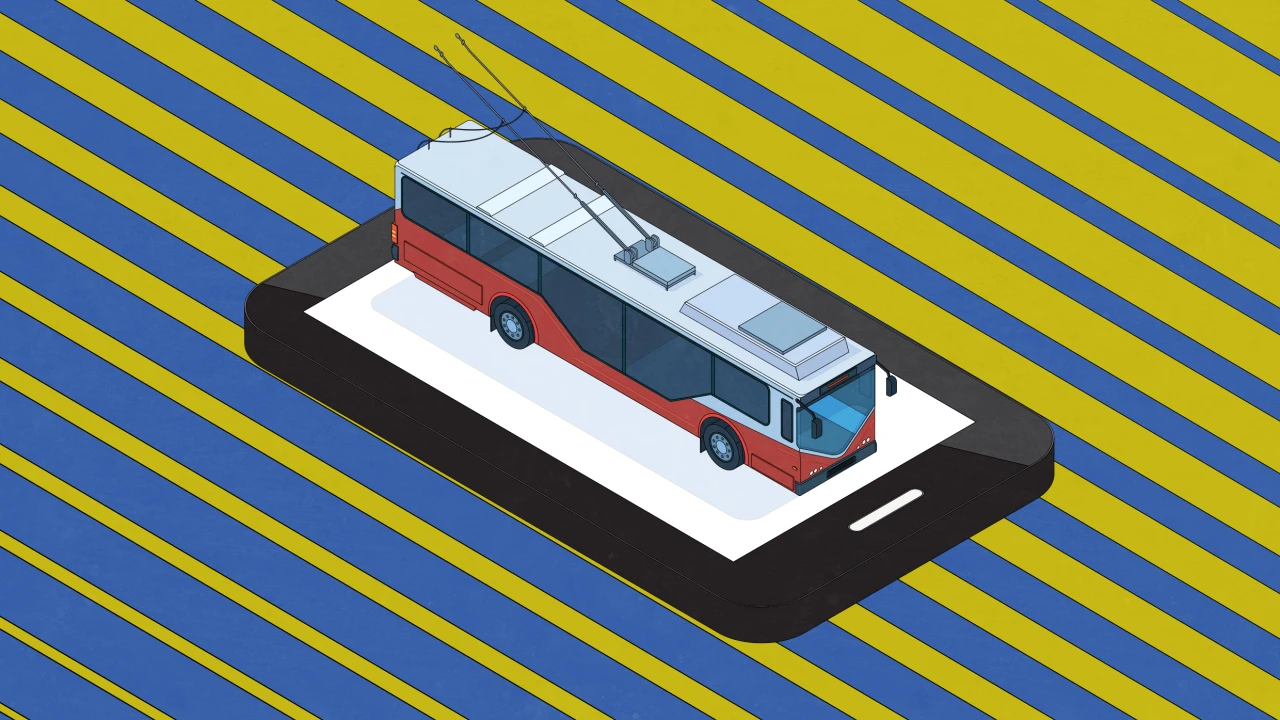What if transportation were treated like a phone plan?

Transportation can be affordable or even “free” (to the user) if we rethink the assumptions baked into our infrastructure and business models.
The prevailing belief in the US is that roads, buses, bikes, and other forms of mobility must be either government-funded, directly paid for by customers out of pocket, or a combination of the two. Government subsidies are certainly one way transportation is made accessible (e.g. fare-free circulator bus), but with rising deficits at all levels of government, it’s risky to stake the future of mobility on public coffers alone. There’s another path: mobility as an amenity, a service, or a bundled offering.
The illusion of ‘free’ is everywhere
When people scoff at the idea of free transit or free bike share, what they really mean is, “I don’t want to pay for someone else’s ride.” It seems like a reasonable complaint, but misses a basic reality of how economies distribute costs. You already pay for roads you’ll never drive on. Roads cost millions to plan, build, and maintain, and that cost is distributed through taxes, fees, and even inflation—not usage-based tolls. Your gas taxes don’t come close to covering the bill. You’re effectively financing road access for strangers in distant cities, and they’re doing the same for you.
Take a quick step away from transportation.
When Verizon offers a “free” phone with a contract, it’s not philanthropy. The cost of that $1,000 Samsung Galaxy is baked into your $80/month service plan. Verizon gets bulk discounts from Samsung, pays less than retail, and recoups the cost (plus profit) through your two-year commitment. You get access to the benefits of a cell phone without paying $1,000 upfront.
Now apply that model to transportation. What if access to a bike, bus, or car was bundled into a housing lease, a university tuition plan, or a neighborhood improvement district fee? You wouldn’t “buy” the vehicle—you’d pay for what the vehicle enables: connection, access, freedom.
You’ve seen this principle in action every time you ride a tram between airport concourses. You don’t feed coins into a farebox to ride the train. You’re not asked to prove you paid a transportation fee. The cost of that train is baked into the operations of the airport, funded by airline gate fees, parking fees, tenant rents, advertising, retail partnerships, and who knows what else.
Transportation as an amenity
We can design mobility systems to be just as seamless. For example, an apartment complex could bundle access to shared e-bikes or shuttles into monthly rent. Employers could subsidize multimodal passes instead of parking. Retail centers could provide free local shuttle service to the light rail or bus rapid transit station as a way to boost foot traffic and sales. A neighborhood’s residents could get access to a shared mobility hub through a Parking Benefit District.
These ideas are only unconventional because we’ve been conditioned to believe mobility should follow a different financial model than every other major service in our lives.
The belief that every transit system must be isolated from every housing development, commercial center, or public service is a legacy of outdated policy, not a law of nature. Transportation does not have to be a standalone product with a turnstile or toll. It can be a layer of access—a benefit embedded in the things we already value.
We’ve done it before. We already live in a world of subscription bundles, shared platforms, and embedded costs. Let’s get past those old limiting beliefs about how we pay for getting around town.
What's Your Reaction?
 Like
0
Like
0
 Dislike
0
Dislike
0
 Love
0
Love
0
 Funny
0
Funny
0
 Angry
0
Angry
0
 Sad
0
Sad
0
 Wow
0
Wow
0



























































































